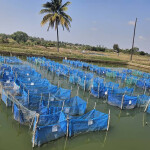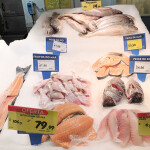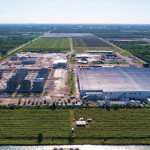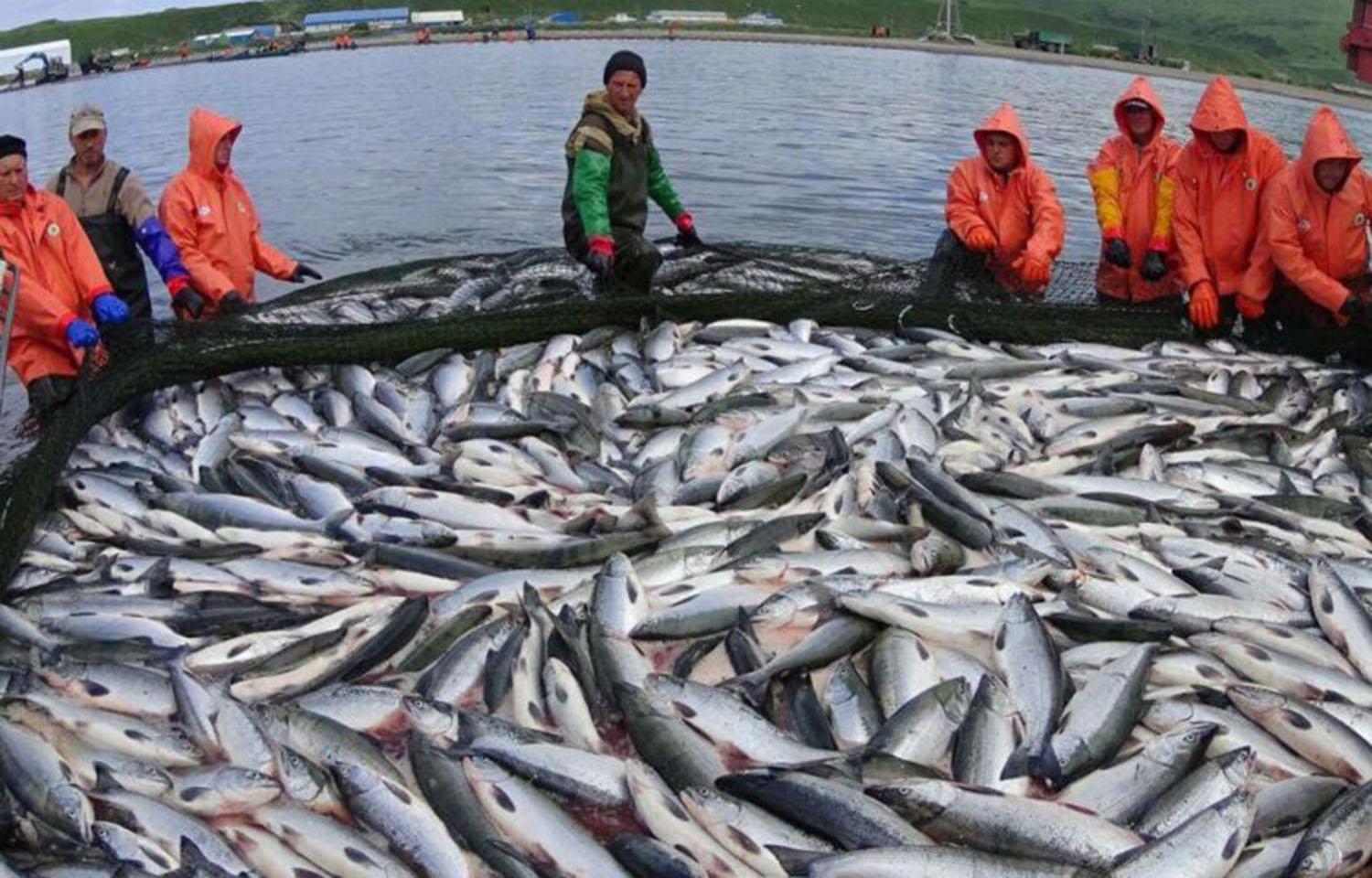The 2024 salmon season got off to a slow start in Russia’s Far East, but by early August, the pace began to pick up, soon outpacing the same season in 2022.
According to Russia’s Federal Fisheries Agency (Rosrybolovstvo), the total catch of Pacific salmon in Russia’s Far East reached 175,000 metric tons (MT) by 13 August, up from the 163,000 MT the region had caught as of 13 August 2022, an increase of 7 percent.
Typically, Russia compares even-numbered and odd-numbered years to each other, as the largest species by volume – pink salmon – has a two-year life cycle.
The main contributing region to the catch total is once again Kamchatka, which has produced 114,000 MT of the salmon so far – 65 percent of the total catch.
The second-largest region by volume is Sakhalin Oblast, which has so far caught 25,600 MT of salmon – 29 percent higher than its catch in 2022. The third-largest region is Khabarovsk Krai, which has so far caught 25,400 MT – an increase of 37 percent compared to 2022.
The catch rates in both Sakhalin Oblast and Khabarovsk Krai are ahead of the same period of 2023, according to Rosrybolovstvo.
The fourth-largest region is Magadan, with 7,700 MT of salmon so far – more than twice the catch it had in 2022. The fifth-largest is Primorye, which caught 1,800 MT – nearly three times as much as 2022. The smallest catch by region was in Chukotka, which has caught 274 MT.
According to Rosrybolovstvo, pink salmon continues to dominate Russia’s catch by volume. The species makes up 69 percent of the total catch thus far in 2024, accounting for 120,000 MT. Sockeye salmon is the second-largest species by volume, comprising 33,500 MT, or 19 percent, of the total catch. Chum salmon is third, with 19,400 MT, or 11 percent, of the total catch.
The remaining 1,400 MT of catch is made up of Chinook salmon, masu (or cherry) salmon, and coho salmon.
According to Rosrybolovstvo, the ll-Russian Research Institute of Fisheries and Oceanography (VNIRO) has adjusted its estimates for the total volume of catch in the season, increasing it by 8 percent – or 25,800 MT. VNIRO originally predicted a catch of 320,000 MT in 2024.
The Russian salmon industry has prioritized having fresh catch go to the domestic market, and according to Rosrybolovstvo, as of 13 August, the total occupancy rate of refrigerators storing fish products was 35 percent, or 40,000 MT, of fresh-frozen fish products.








